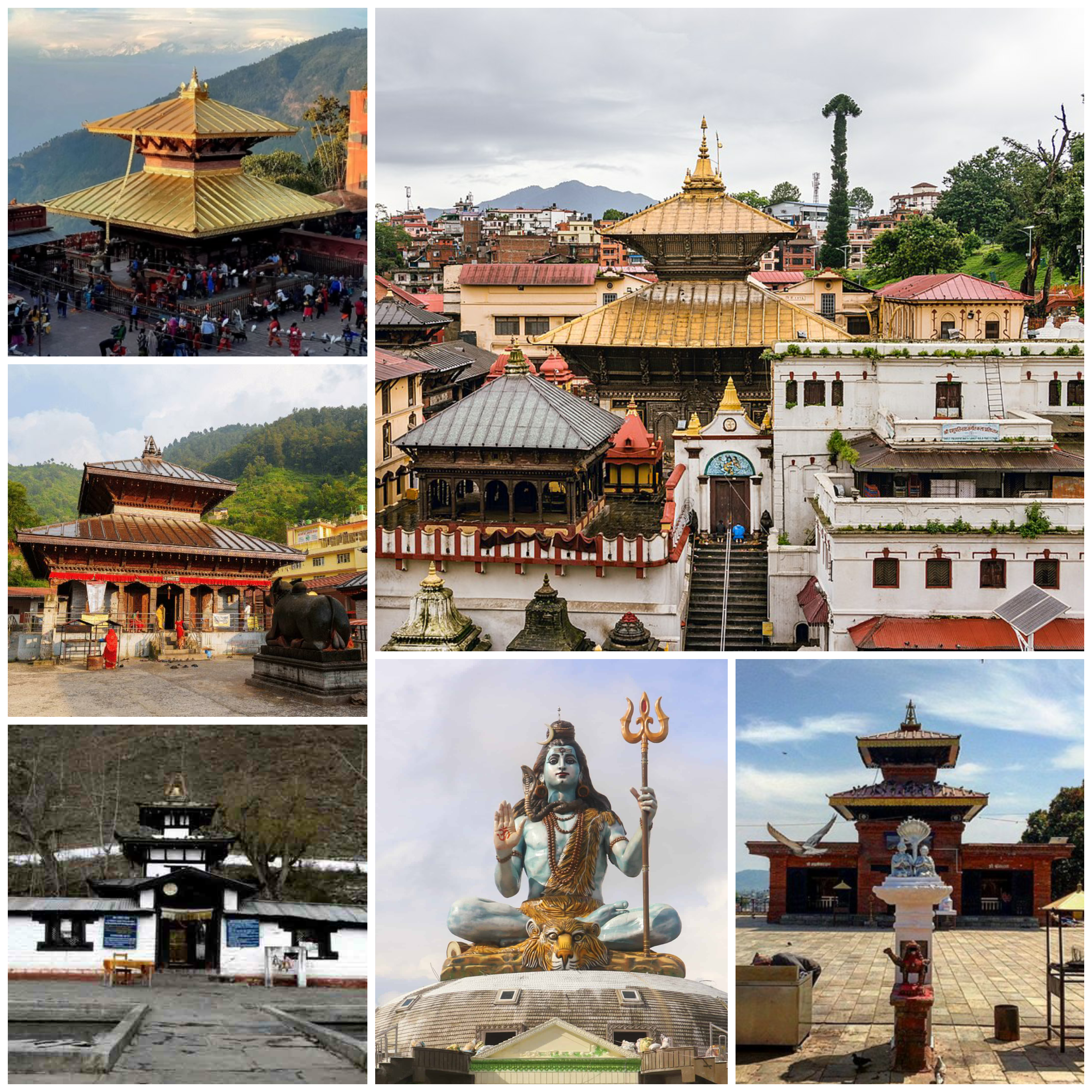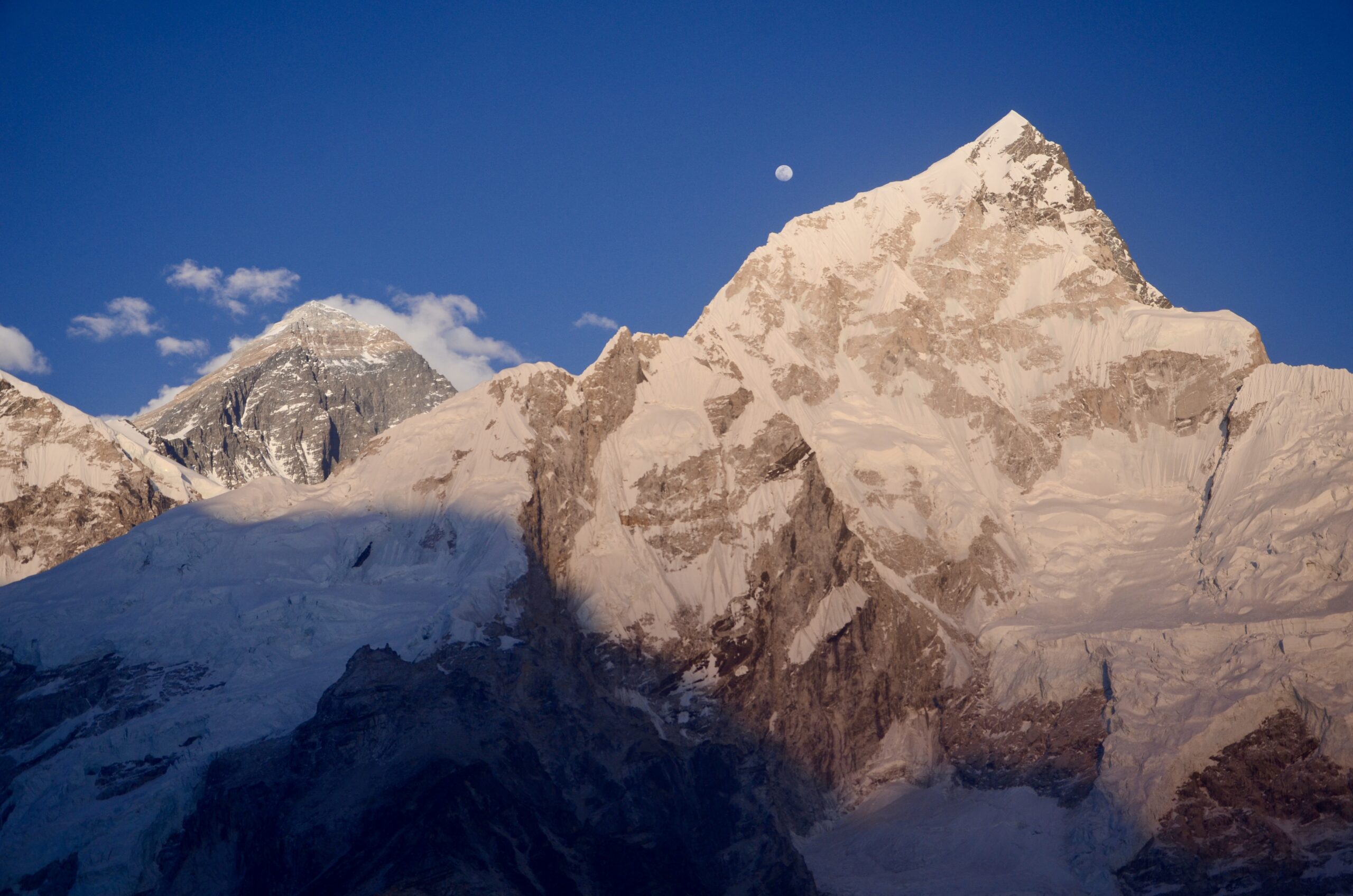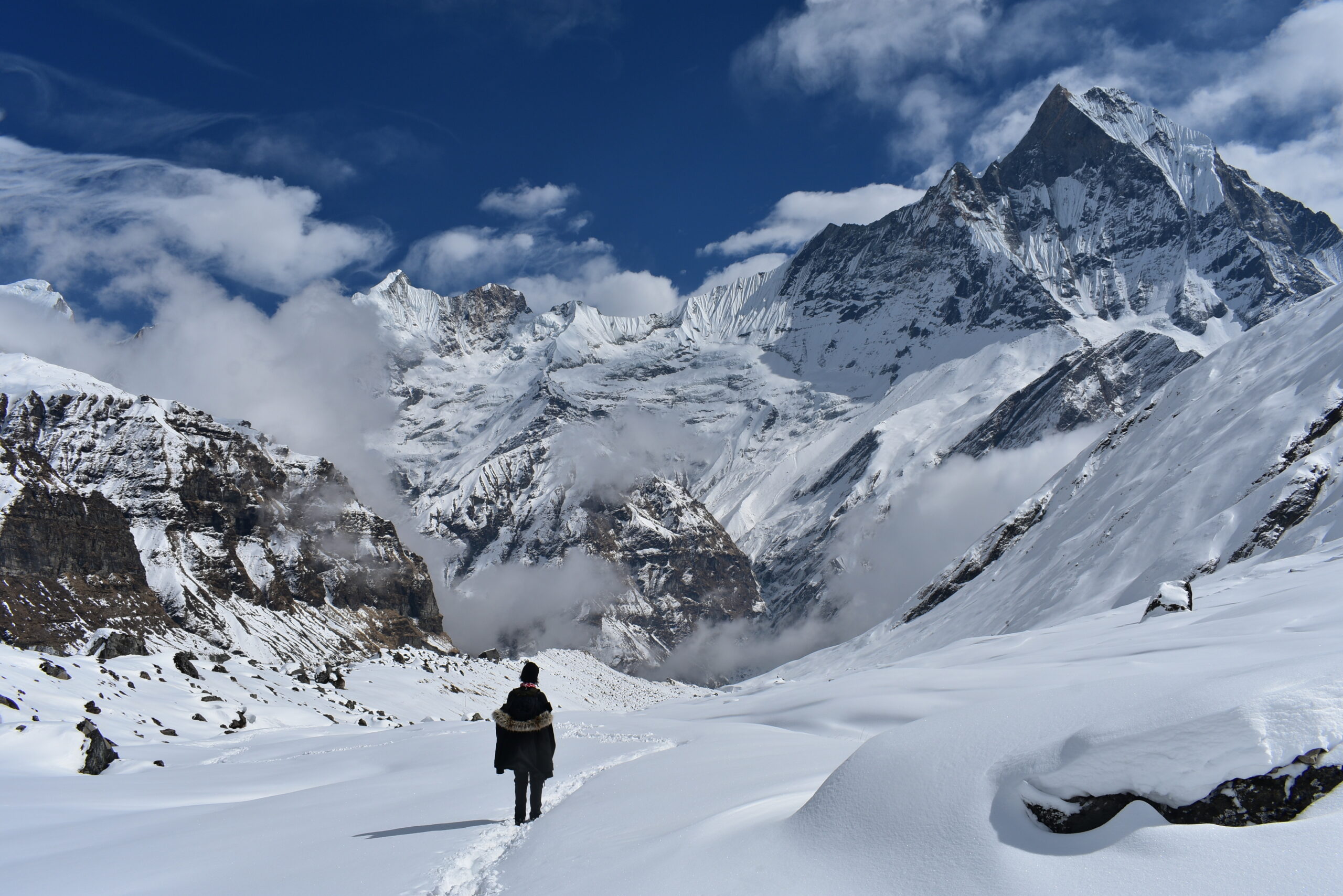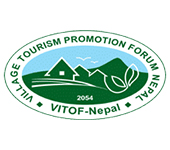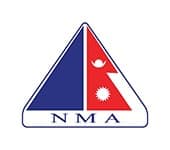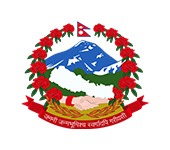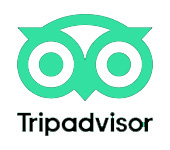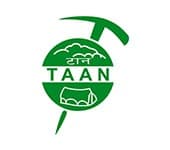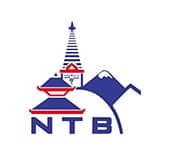GOLDEN TRIANGLE NEPAL TOUR -8 DAYS
Region:
Overview
The Golden Triangle Nepal Tour is a popular tour package that covers three major destinations in Nepal, namely Kathmandu, Chitwan, and Pokhara. The tour takes you through a journey of cultural exploration, wildlife encounters, and scenic beauty, making it an ideal way to experience Nepal’s diverse offerings.
The tour usually lasts for 8 days and includes visits to UNESCO World Heritage Sites, jungle safaris, rafting, and sightseeing of picturesque landscapes. The itinerary may vary depending on the travel agency and season, but the core destinations and activities remain the same.
During the tour, you will get a chance to explore the ancient temples, palaces, and shrines in Kathmandu and Bhaktapur. You will visit Pashupatinath, an important Hindu pilgrimage site, and Bouddhanath, one of the largest stupas in the world. In Chitwan, you will experience the thrill of spotting wildlife in their natural habitat, including Bengal tigers, one-horned rhinos, and elephants. You can also enjoy canoe rides, bird watching, and elephant safaris.
In Pokhara, you will witness stunning panoramic views of the Annapurna range and the Pokhara valley. You can visit the World Peace Stupa, the Bindabasini temple, and enjoy a relaxing boat ride on the Phewa Lake. You can also indulge in adventurous activities like paragliding, zip-lining, and trekking.
Overall, the Golden Triangle Nepal Tour offers an excellent blend of culture, adventure, and nature that will leave you with unforgettable memories of Nepal.
Trip Highlights
Itinerary
Day 1
Upon arrival at the airport, you will be greeted by a representative of the travel agency and transferred to your hotel in Kathmandu. You can rest and explore the city on your own.
Day 2
After breakfast, you will start the city tour of Kathmandu. You will visit Bhaktapur, an ancient city known for its rich cultural heritage, Pashupatinath temple, one of the most sacred Hindu temples in the world, and Bouddhanath, one of the largest stupas in Asia.
Bhaktapur:
Bhaktapur Durbar Square is a UNESCO World Heritage Site located in the Bhaktapur district of Nepal. It is one of the three Durbar Squares in the Kathmandu Valley, along with Patan and Kathmandu Durbar Squares. The Bhaktapur Durbar Square is known for its ancient temples, palaces, and courtyards that reflect the architectural and cultural heritage of Nepal.
The square covers an area of 4 acres and is surrounded by a cluster of temples, shrines, and palaces. The most prominent attractions in the square are the 55-window palace, the golden gate, the statue of King Bhupatindra Malla, the Vatsala temple, the Nyatapola temple, and the Dattatreya temple.
The 55-window palace, built in the 15th century, was the residence of the Malla kings of Bhaktapur. It has intricate wood carvings and a balcony with 55 windows that offer panoramic views of the square. The golden gate, located in front of the palace, is an intricately decorated entrance to the courtyard.
The Nyatapola temple, built in 1702 AD, is a five-story pagoda-style temple dedicated to the goddess Siddhi Laxmi. It is considered one of the tallest and most magnificent temples in Nepal. The Dattatreya temple, located in the square’s southern end, is a triple-roofed pagoda-style temple dedicated to the Hindu trinity of Brahma, Vishnu, and Shiva.
Visitors can also enjoy the traditional Newari architecture, the intricate wood and stone carvings, and the religious and cultural ceremonies that take place in the square. The Bhaktapur Durbar Square is a must-visit destination for those interested in exploring Nepal’s rich cultural heritage.
Pashupatinath:
Pashupatinath Temple is one of the most sacred and significant Hindu temples located in Kathmandu, Nepal. It is a UNESCO World Heritage Site and a major pilgrimage site for Hindus from around the world. The temple is dedicated to Lord Shiva and is believed to have been built in the 5th century AD.
The temple complex covers an area of 264 hectares and includes many smaller temples, shrines, ashrams, and other structures. The main temple is a two-story pagoda-style structure with a golden roof and four silver-plated doors. The temple’s architecture is a fusion of Nepalese and Indian styles, with intricate wood and stone carvings.
Pashupatinath Temple is situated on the banks of the Bagmati River, which is considered holy by Hindus. The temple’s location and the river’s proximity make it an important site for Hindu cremation rituals. Visitors can witness the cremation ceremonies from a distance, as photography and other forms of disturbance are not allowed during these sacred rituals.
During the Maha Shivaratri festival, which usually falls in February or March, thousands of pilgrims who come to offer prayers and seek blessings from Lord Shiva visit the temple. The festival is celebrated with great pomp and splendor, with processions, music, and various cultural events.
Apart from the religious significance, the Pashupatinath Temple is also an important site for tourists interested in Nepal’s cultural heritage and architecture. The temple’s serene surroundings and the spiritual aura make it a must-visit destination for anyone visiting Kathmandu.
Bouddhanath Stupa
Bouddhanath Stupa, also known as Boudha Stupa, is a UNESCO World Heritage Site located in the northeastern outskirts of Kathmandu, Nepal. It is one of the largest stupas in the world and a significant pilgrimage site for Buddhists from all over the world.
The stupa is believed to have been built in the 14th century AD and is a massive dome-shaped structure that stands at a height of 36 meters. The stupa’s base is surrounded by a large circular platform with prayer wheels, and the stupa’s dome is adorned with colorful prayer flags.
Many monasteries, temples, and shops selling religious items, handicrafts, and souvenirs surround Bouddhanath Stupa. Visitors can observe Buddhist rituals and ceremonies, such as the lighting of butter lamps and the spinning of prayer wheels, while circumambulating the stupa in a clockwise direction.
The stupa’s architecture is a fusion of Nepalese and Tibetan styles, reflecting the rich cultural and religious traditions of the region. The stupa is adorned with various symbols and images that represent the teachings of Buddhism and the enlightened state of mind.
The Bouddhanath Stupa is an important site for tourists interested in Nepal’s religious and cultural heritage. The stupa’s serene surroundings, spiritual atmosphere, and unique architecture make it a must-visit destination for anyone visiting Kathmandu.
Day 3
After breakfast, you will drive to Kurintar, which is around 3 hours away from Kathmandu. From Kurintar, you will go rafting in the Trishuli River for around 2-3 hours. After the rafting, you will continue your journey to Chitwan National Park, where you will stay overnight.
Day 4
This day is dedicated to wildlife activities in Chitwan National Park. You will go on a jungle safari, where you can spot various species of animals like the Bengal tiger, one-horned rhinoceros, elephants, and more. You can also participate in other activities like bird watching, canoeing, and a visit to the elephant-breeding center.
After having hearty breakfast at the resort commences the Dugout Canoe ride.
Elephant Safari:
Seated high on the back of an elephant, gain a unique viewpoint of the Chitwan jungle. As an experienced mahout tracks animals through the dense jungle growth as you sit back on a howdah, you can imagine yourself being a Rajah or Rani going on a shooting trip (with cameras of course!) in the days of yore. An elephant safari allows you to go places that would be impossible to get to by foot or Jeep and get up close to the wild animals of the jungle that are normally wary, but at home with a fellow creature of the jungle
Bird watching
Chitwan is an ornithologist’s delight and a must for any serious twitchier, as more than 450 species of exotic birds such as the Oriental Pied Hornbill, Paradise Flycatcher, and Lesser Adjutant Stork congregate at this biological hotspot of Asia. Our experienced guides will take you to select spots ideal for birding, where you can observe a breathtaking diversity of these beautiful feathered creatures.
Dugout Canoe ride
Floating down to Rapti River by dugout canoe is the best way to discover the habitat of crocodiles on the bank of the river. It is also a relaxing and better way to watch the different kind of birds and wildlife species when they come to the bank of the river to drink water.
Elephant Breeding Center
Was established in 1985 at Royal Chitwan National Park (RCNP) and is the only EBC in Nepal. At the Elephant Breeding Program, 4km west of Sauraha, elephants are breed and trained. The best time to visit is in the afternoon when the elephants are fed. The Elephant Breeding Centre of Sauraha with great tourist attraction is said to be one of the only 3 such centers in the world.
Elephant skin is extremely sensitive to sunburn and insect bites; they roll in dust and mud and throw dust on their backs to help protect their skin. This was one of such moments when this restless young Elephant tried to get rid of insect.
Tharu village visit
Tharu are indigenous people of the Terai. They have a distinct architectural style, building solely of the natural materials found in the area; straw, wood and mud. Even though by now almost all Tharus are Hindus some elements of their tribal religion can still be found. The villages are often peaceful, non-industrial havens, with the inhabitants engaged in a yearly agricultural circle. Drive back to lodge.
Lunch, Dinner and overnight at Lodge.
Day 5
After breakfast, you will drive to Pokhara, which is around 4-5 hours away from Chitwan. On the way, you can enjoy the scenic beauty of the countryside.
Afternoon: Boating at Phewa Lake
Day 6
This day is dedicated to sightseeing in Pokhara.
David Falls, also known as Patale Chango, is a popular tourist destination located in Pokhara, Nepal. A waterfall is approximately 500 feet long and drops into a narrow gorge. The waterfall is named after a Swiss couple who discovered it in the 1960s.
Gupteshwor Cave is a natural cave located near David Falls in Pokhara. It is one of the most visited caves in Nepal and is believed to have been discovered in the 16th century. The cave is named after Lord Shiva, and visitors can see a small shrine dedicated to the deity inside the cave. The cave’s interior is adorned with stalactites and stalagmites, providing a unique and otherworldly experience for visitors.
The World Peace Stupa is a Buddhist stupa located on a hilltop overlooking Pokhara and the Phewa Lake. It is a symbol of peace and unity and is one of the most important landmarks in Pokhara. The stupa was built by Buddhist monks from the Japanese Nipponzan Myohoji organization in the 1990s.
The Shiva statue of Pumdikot is a large statue of Lord Shiva located on top of a hill near Pokhara. It is a popular destination for tourists and pilgrims alike, offering stunning views of the surrounding mountains and valleys.
All these attractions are easily accessible from the city of Pokhara and can be visited in a single day. Visitors can hire a taxi or a private vehicle to explore these sites, or they can join a guided tour for a more immersive experience
Day 7
Morning: Sunrise to Sharangkot
Sarangkot is a small village located on a hilltop near the city of Pokhara in Nepal. It is a popular tourist destination known for its panoramic views of the Annapurna mountain range, including the majestic Mount Machhapuchhre (Fishtail).
Sarangkot is particularly famous for its sunrise view, which attracts tourists from all over the world. Visitors usually hike up to the hilltop before dawn to witness the breathtaking sunrise over the snow-capped mountains. The colors of the sky gradually change from dark to light as the sun rises, casting a golden glow on the mountains.
In addition to the sunrise view, Sarangkot also offers many other activities for tourists, such as paragliding, zip lining, and hiking. The hilltop is surrounded by lush green forests, which provide a peaceful and relaxing environment for visitors.
Sarangkot is easily accessible from the city of Pokhara, and visitors can either hike up to the hilltop or take a taxi. It is recommended to visit Sarangkot during the dry season, which is from October to May, as the weather is clear and sunny, providing better visibility of the mountains.
After breakfast, you will fly back to Kathmandu. You can spend the day shopping or exploring the city on your own.
Day 8
This is the last day of the tour. You will be transferred to the airport for your onward journey.
Note: The itinerary is subject to change depending on weather and other unforeseen circumstances.
Fixed Departure
| Start Date | End Date | Price | Space Left |
|---|
What's Included
- Assisted upon arrival at the airport by our office representative.
- All Necessary Transport by private vehicle as per the itinerary.
- Pokhara to Kathmandu by Flight
- 03 nights twin/double room accommodation as per the above Hotel in Kathmandu on BB basis.
- 02 nights twin/double room accommodation as per the above Hotel in Pokhara on bed & breakfast basis.
- 02 nights 03 days twin/double room accommodation as per the above hotel in Chitwan on full board basis including jungle activities with jeep drive and national park entrance fees.
- All sightseeing tours and transfers as per the above itinerary with our local English-speaking guide including monumental entrance fees.
- All government taxes, Vat, tourist Service and official expenses.
What's Excluded
- International Airfare and taxes.
- Lunch and dinner whilst in kathamandu & Pokhara
- Bottled and alcoholic drinks during breakfast and dinners.
- Tipping (Tips)
- Personal expenses.
- Any insurance
- Nepal entry visa – you can obtain a visa easily upon your arrival at the Tribhuwan International Airport in Kathmandu. (Tourist Visa with Multiple Entries for 15 days can be obtained by paying US $ 25 or equivalent foreign currency. Similarly, Tourist Visa with Multiple Entries for 30 days and 90 days can be obtained by paying US $40 and $ 100 respectively.
- All Items of Personal nature like drink, Laundry etc.
- Single room supplement on request.
- Others expenses not mentioned in the Price Includes section?
Gallery
FAQ
Review


